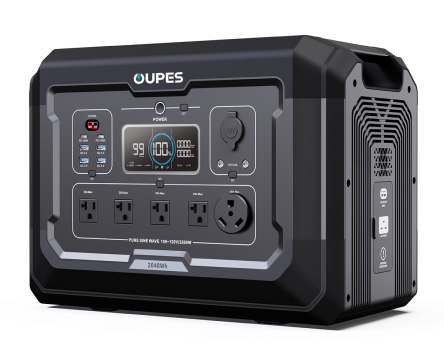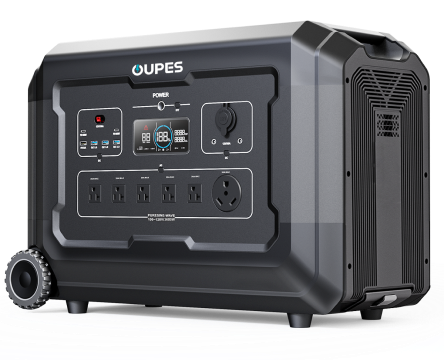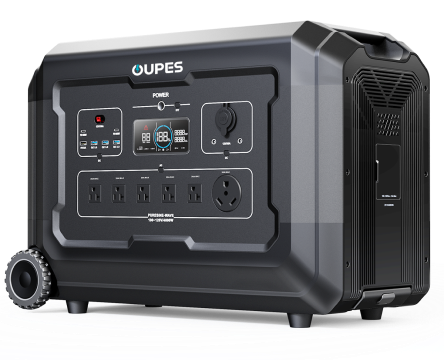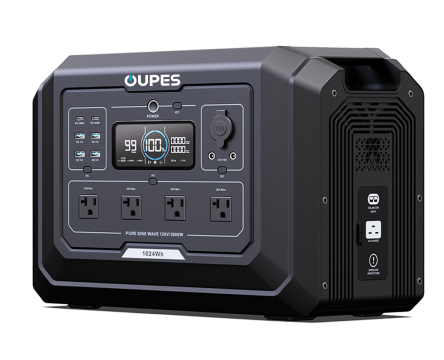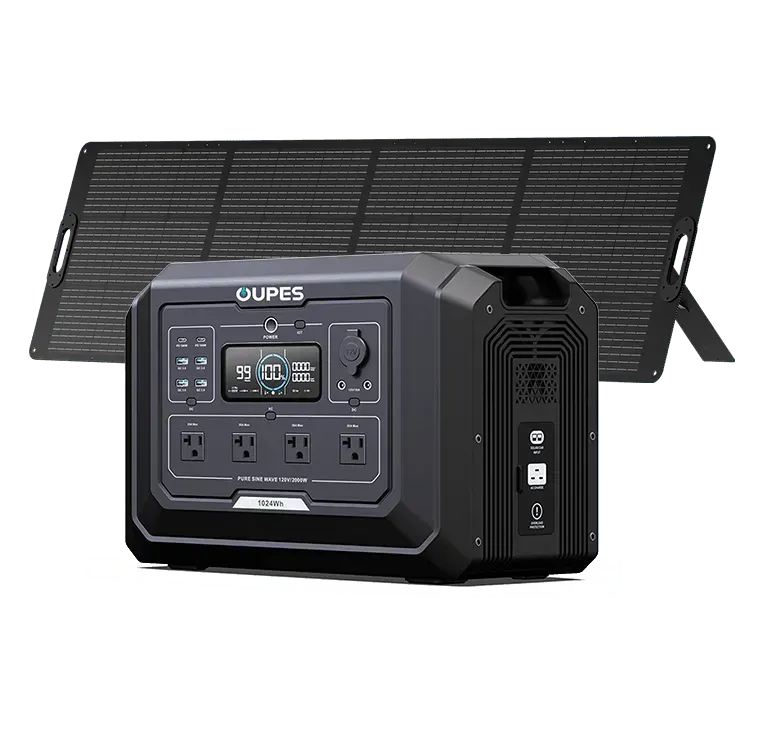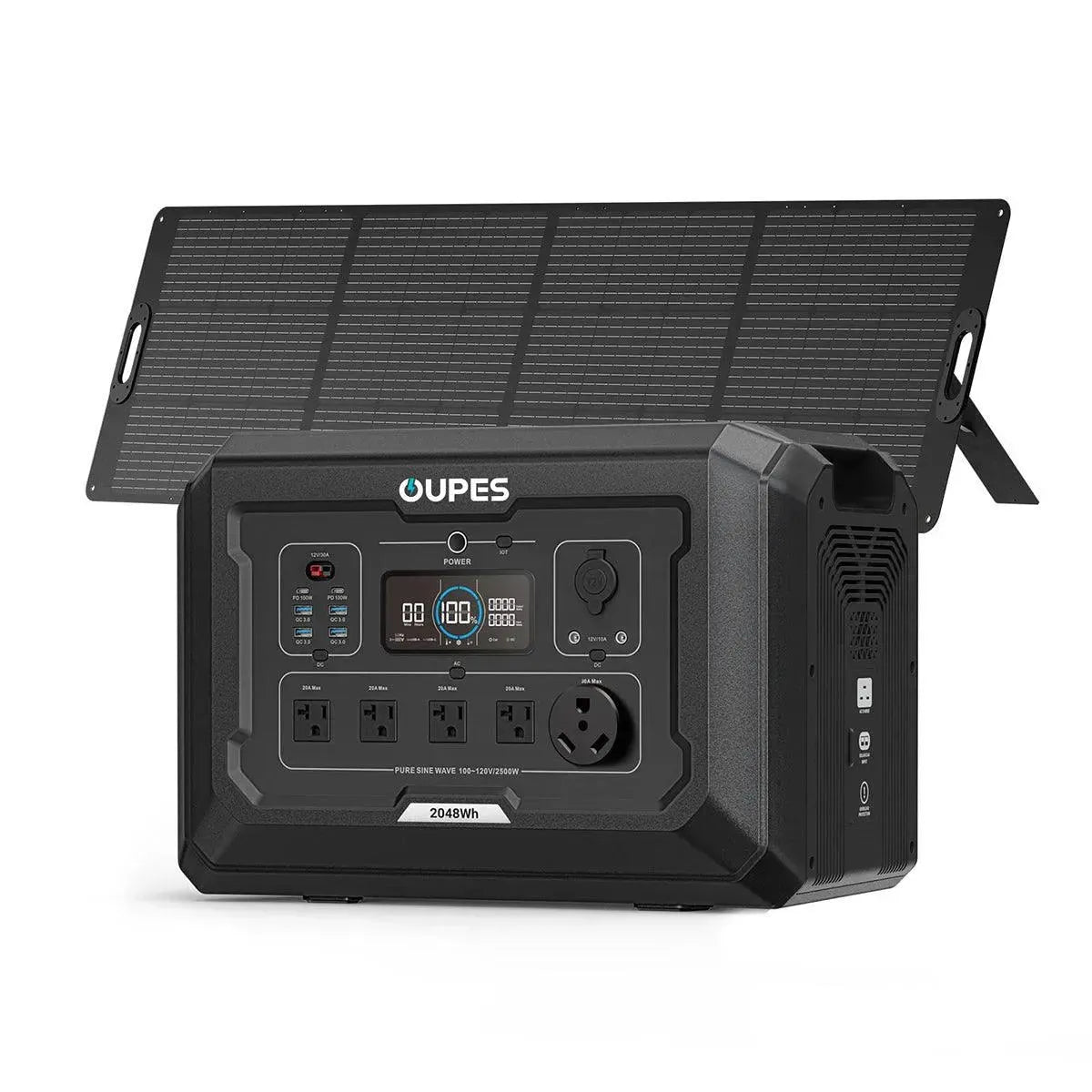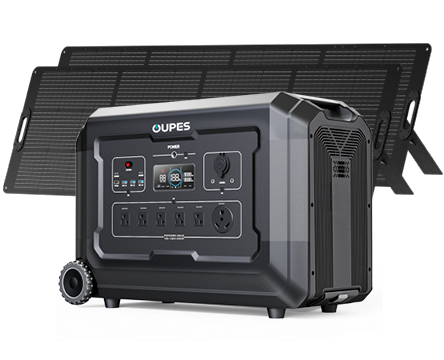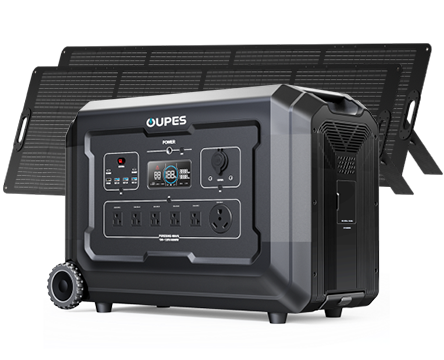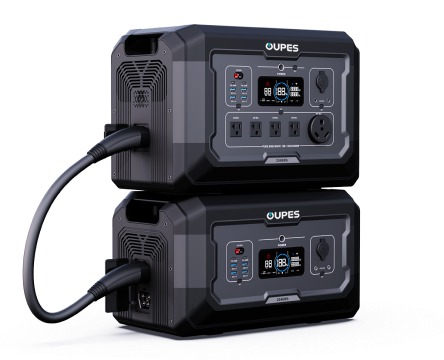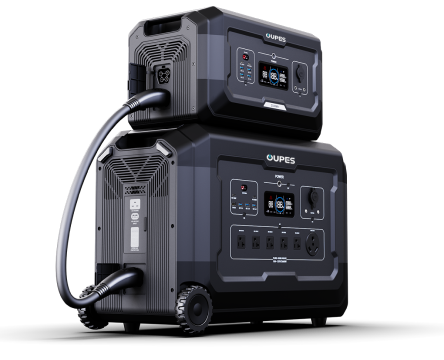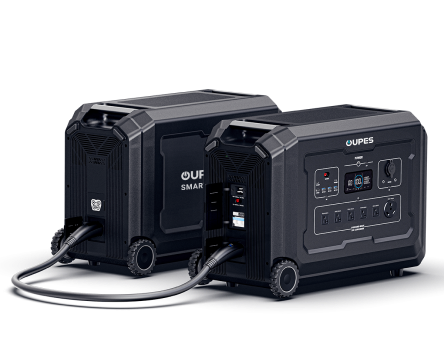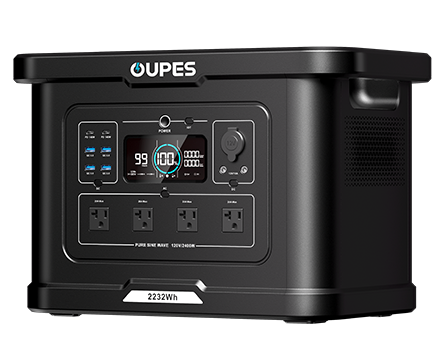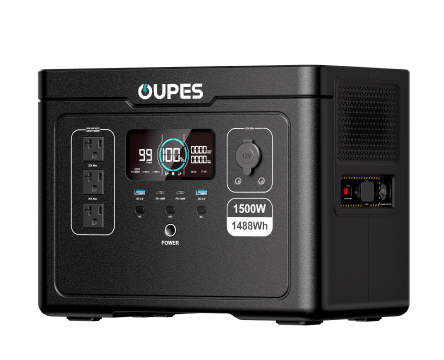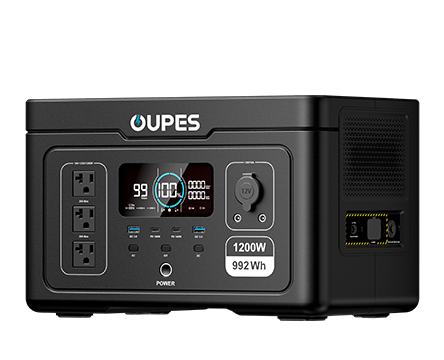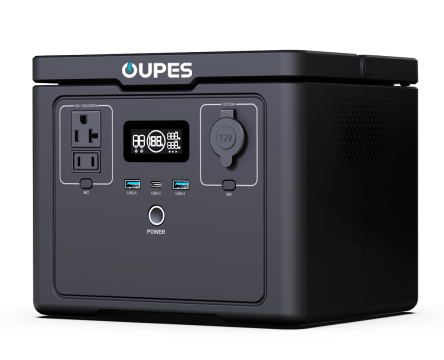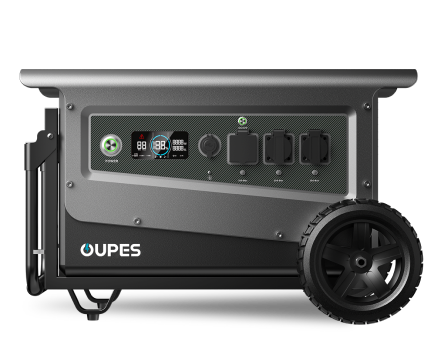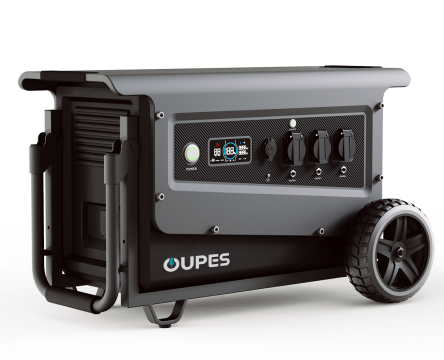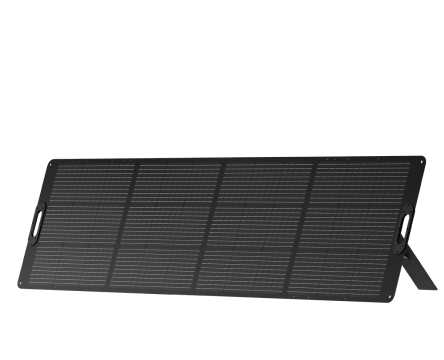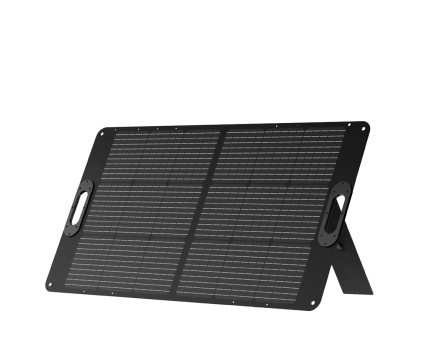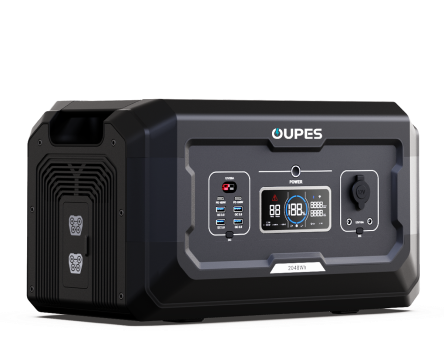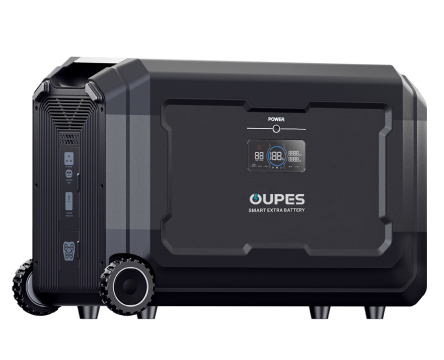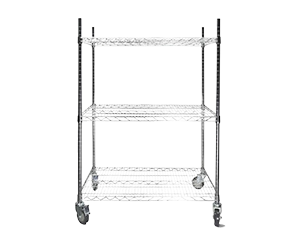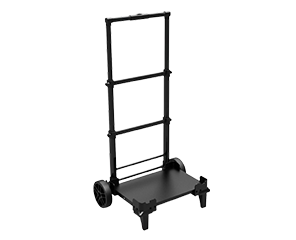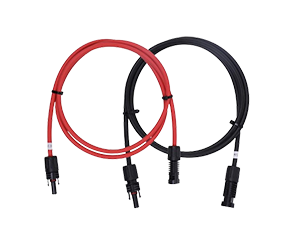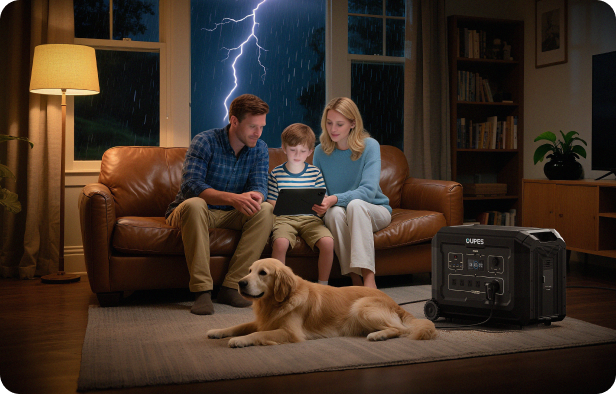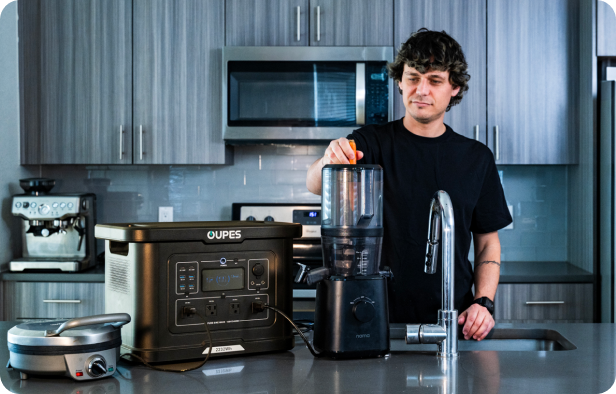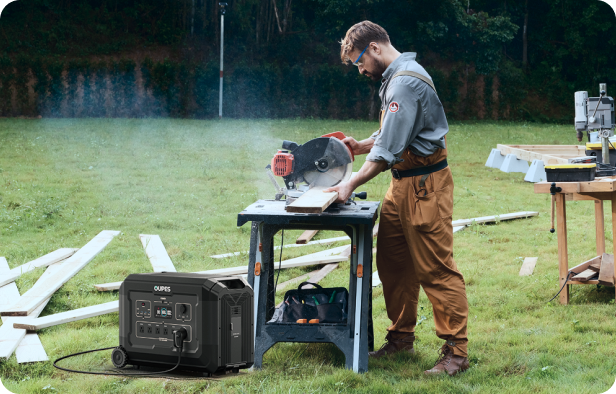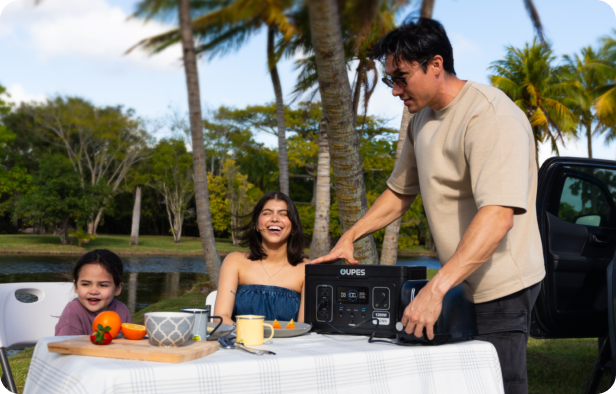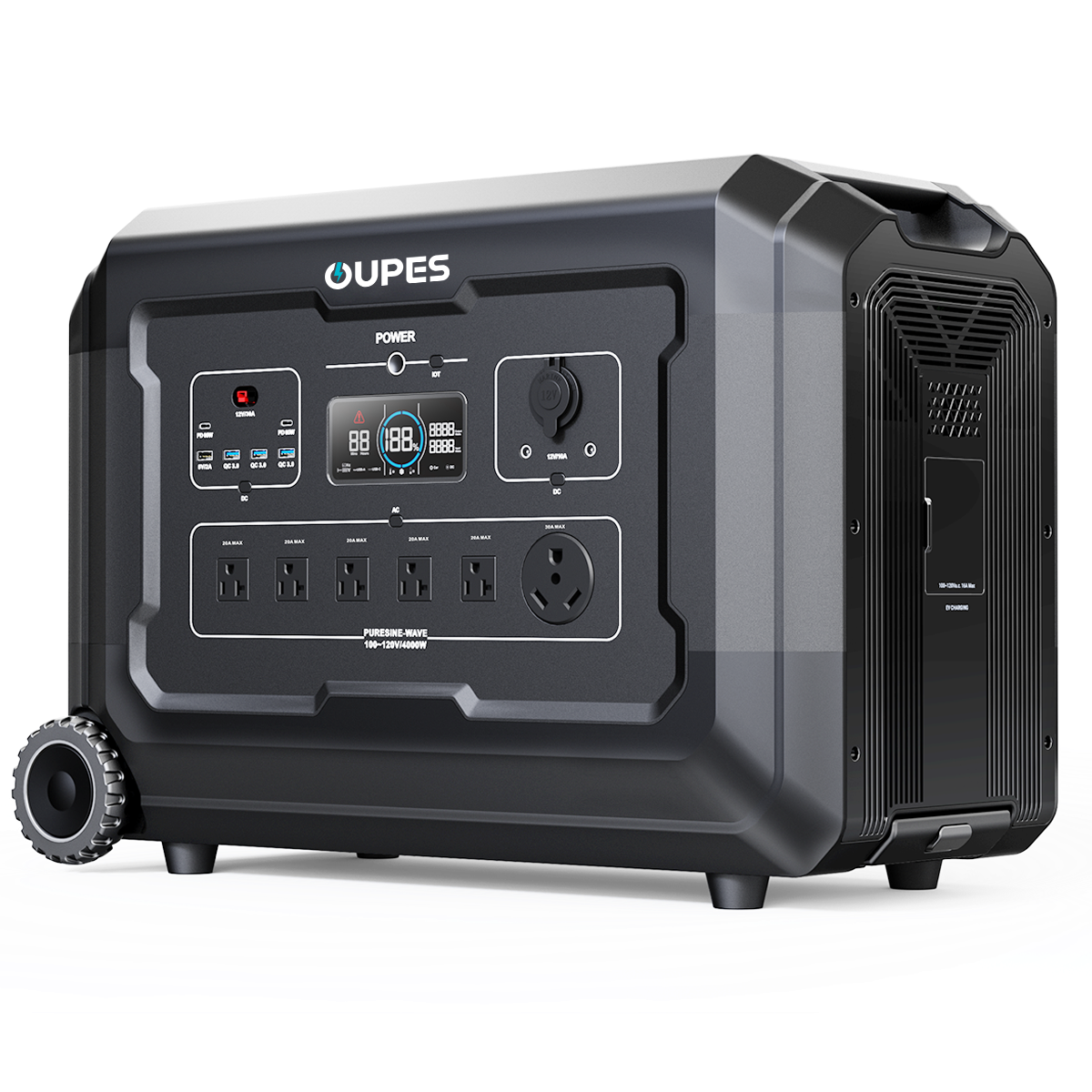
Table of Contents
- Introduction: Why Battery Type Matters in Portable Power Stations
- The Most Common Battery Types Explained
- Scenarios: Matching Battery Types to Real-World Needs
- Comparison of Battery Types in OUPES Power Stations
- Why LiFePO4 is the Gold Standard
- FAQs
- Conclusion
Introduction: Why Battery Type Matters in Portable Power Stations
Portable power stations have become an essential part of modern living, whether for camping, RV travel, or home backup during blackouts. At the heart of every power station is its battery, which determines safety, lifespan, portability, and overall reliability. Choosing the right battery type is critical for ensuring your investment serves you effectively for years.
While capacities and outputs often take the spotlight, battery chemistry is just as important. Understanding the strengths and weaknesses of different battery types helps you make an informed decision. OUPES has adopted the most reliable battery technology to deliver long-lasting, safe, and powerful energy solutions for every scenario.
The Most Common Battery Types Explained
There are several battery chemistries used in portable power stations. Each offers unique advantages and limitations:
Lead-Acid Batteries
Traditional and inexpensive, lead-acid batteries have been used for decades in backup systems. While affordable, they are heavy, have shorter lifespans (500–1000 cycles), and require careful maintenance. They are not ideal for portable applications where weight and longevity matter.
Lithium-Ion (NMC) Batteries
Lithium Nickel Manganese Cobalt (NMC) batteries are popular in many consumer electronics and early portable stations. They are lighter and more energy-dense than lead-acid but have shorter lifespans (around 800–1000 cycles). Safety concerns such as overheating also require additional protective systems.
LiFePO4 Batteries
Lithium Iron Phosphate (LiFePO4) batteries are the most reliable choice for portable power stations today. They offer over 3500 charge cycles, stable performance, excellent thermal safety, and eco-friendliness. They are slightly heavier than NMC but provide unmatched durability, making them the preferred option for long-term use.
Scenarios: Matching Battery Types to Real-World Needs
To better understand how battery types affect performance, let’s look at real-world scenarios:
Short Camping Trips
For weekend camping where only phones and lights need charging, even lower-capacity lithium-ion or lead-acid batteries may suffice. However, they add unnecessary weight and require more frequent replacement, making them less practical for repeated use.
Family RV Adventures
RV users often need to power mini-fridges, CPAP machines, and cooking appliances. Here, LiFePO4 batteries excel, providing reliable energy over long trips while handling higher output demands. OUPES Mega 2 (2048Wh) and Mega 3 (3072Wh) are great options for such needs.
Emergency Home Backup
During power outages, reliability is critical. LiFePO4 batteries offer both capacity and longevity, ensuring devices like refrigerators, medical equipment, and lighting remain operational for extended hours. Larger OUPES systems like the Mega 5 (5040Wh, expandable to 45.36kWh) provide robust, scalable backup solutions.
Comparison of Battery Types in OUPES Power Stations
Here’s a comparison of the most common battery types and how OUPES integrates them:
| Battery Type | Lifespan (Cycles) | Weight | Safety | Best For |
|---|---|---|---|---|
| Lead-Acid | 500–1000 | Heavy | Moderate | Short-term backup, low-cost use |
| Lithium-Ion (NMC) | 800–1000 | Light | Requires extra BMS | Light portable use |
| LiFePO4 (Used by OUPES) | 3500+ | Moderate | Excellent | Long-term, safe, and reliable use |
Why LiFePO4 is the Gold Standard
OUPES uses LiFePO4 batteries in its portable power stations for a reason. They strike the perfect balance between safety, lifespan, and performance.
- Long Lifespan: Over 3500 cycles, translating to more than 10 years of reliable use.
- Enhanced Safety: Stable chemistry minimizes risks of overheating or combustion.
- Scalability: Perfect for expandable systems like the OUPES Mega 5.
- Eco-Friendly: Non-toxic materials make them more environmentally friendly than alternatives.
FAQs
What battery type does OUPES use?
OUPES power stations are built with LiFePO4 batteries, known for safety and longevity.
Why is LiFePO4 better than NMC?
LiFePO4 offers longer lifespans (3500+ cycles), better thermal stability, and improved safety over NMC batteries.
Can LiFePO4 batteries handle cold weather?
Yes. While charging efficiency may reduce in extreme cold, performance remains stable compared to other chemistries.
Are LiFePO4 batteries heavier than lithium-ion?
They are slightly heavier but still portable, especially considering their durability advantages.
How long will an OUPES Mega 5 last?
With LiFePO4 technology, the Mega 5 can last over 10 years with proper care.
Is lead-acid ever a good choice?
Only if low upfront cost is the main factor. For longevity and performance, LiFePO4 is superior.
Do OUPES batteries support solar charging?
Yes. All OUPES stations support solar input, making LiFePO4 ideal for renewable energy use.
Conclusion
The battery is the heart of any portable power station, determining how reliable, safe, and long-lasting it will be. While lead-acid and NMC batteries have their uses, LiFePO4 stands out as the most reliable option available today.
OUPES has adopted LiFePO4 across its product line to provide dependable solutions for campers, RV travelers, and households seeking backup power. By choosing OUPES, you’re not only investing in clean energy but also in the most advanced and reliable battery technology available.

